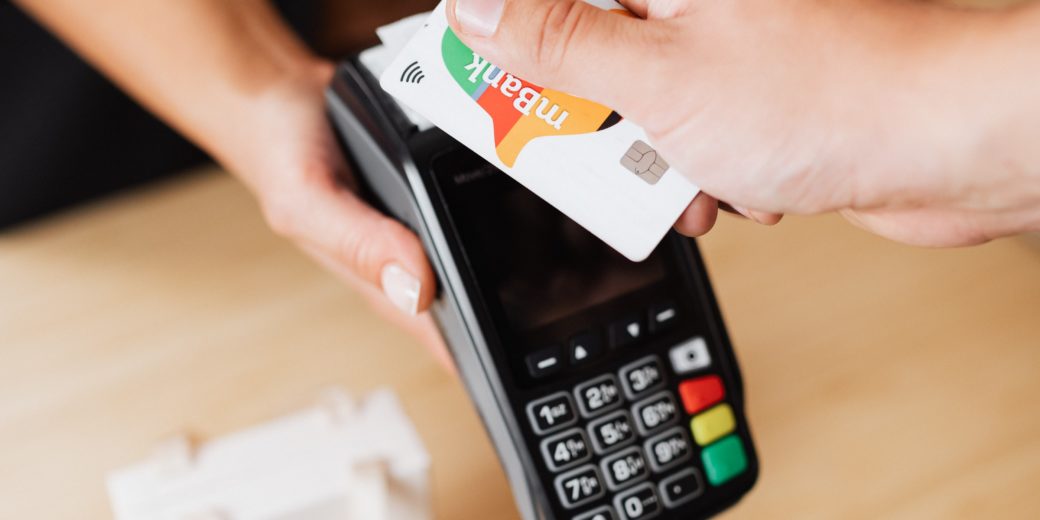3 Simple Ways To Improve Your Credit Score

Having a good credit score is essential for buying a home, car, or another expensive item. It is also crucial to many personal aspects of your life, making the need to maintain your score critical to financial health and success. Unfortunately, it is reasonably easy to hurt your credit. For example, a missed payment, applying to too many cards, or credit applications can result in temporary dings to your credit report. Fortunately, most hits tend to recover relatively quickly.
While minor credit infractions can be redeemed without doing much of anything, rebuilding your credit score after significant hits will take time and patience. There is no set period for credit recovery as it is varied and individual. However, there are steps you can take to help boost your current credit position.
1. Catch-Up
The primary objective is to catch up on all your accounts. You want to bring all bills current. While playing catch-up can take time depending on the number of accounts past due, your focus should be on re-establishing a positive payment history.
Unfortunately, late payments can remain on a credit report for up to seven years. Thankfully, despite those late payments, you might see a positive change in your credit score if your accounts are current.
Catching up, especially when holding significant credit card debt, can be burdensome. If you are struggling with credit card debt, you might want to speak with a credit counselor and establish a debt management plan. Counselors can help negotiate lower payments and interest while getting card issuers to bring accounts current.

2. Improve Your Credit Utilization Ratio
Many people run into credit problems because their revolving balances continuously contribute to overwhelming interest. First, take a look at your credit utilization ratio, the amount you use compared to your limit. For example, if you have a balance of $250 on a $500 credit card, your utilization ratio is 50%, which is way too high. Typically, those with high credit scores have a utilization ratio in the single digits, meaning they rarely go above 10%. In that case, a $250 balance would be appropriate for an available credit line of $2,500 or more.
Once your bills are current, focus on reducing your utilization ratio. Aim for a percentage below 10%. As your utilization score goes down, you will see your credit score increase because bureaus see a low utilization rate as a sign of a responsible borrower.
[insert page='Offer' display='content']Enter your text here...
3. Do Not Miss Future Payments
If at all possible, do not miss future payments. Missed payments are an automatic ding on your credit report. The objective of having multiple accounts is to prove you are a reliable borrower, that you are not a significant risk to a lender. Your score represents your risk to prospective lenders; the higher it is, the lower your presumed risk.
Understandably, a missed payment is sometimes unavoidable. However, instead of just allowing the missed payment to happen, reach out to the lender or credit card issuer and inform them of your predicament. The issuer or lender might have options for you, or they might agree to a later payment date without reporting a missed payment to the credit bureaus.
Establishing a high credit score is not as challenging as maintaining it. The three steps above can help you revive a hard hit score, but they are not your only options for help. Depending on your situation, a credit counselor might offer more insight into possible resolutions.

Do you have any tips or tricks for improving credit scores? Leave a comment below.
